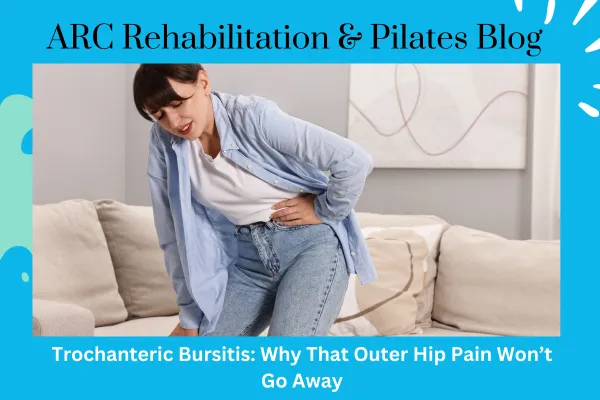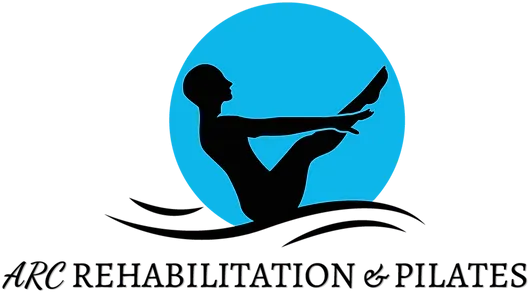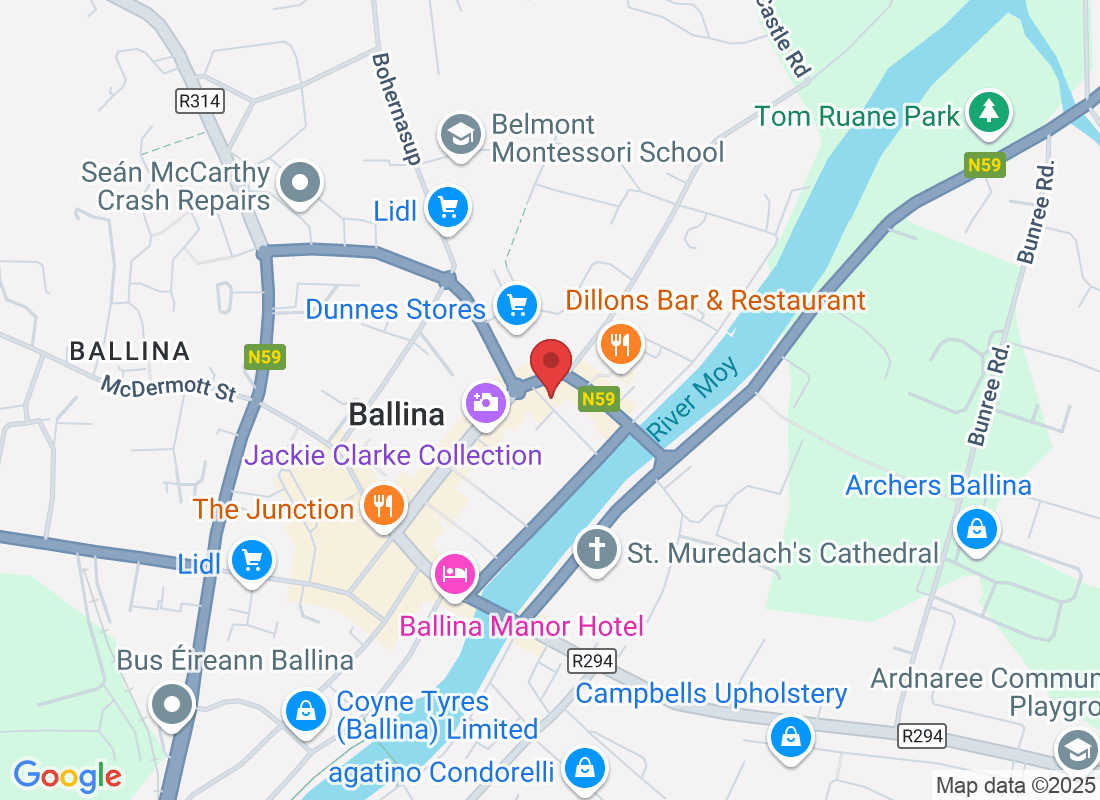Tips & Advice From ARC Rehabilitation & Pilates

Trochanteric Bursitis: Why That Outer Hip Pain Won’t Go Away
Have you been dealing with a stubborn, nagging pain on the outside of your hip that just won’t settle down? Maybe it flares up after a walk, when you lie on your side, or simply when you’re climbing the stairs. If that sounds all too familiar, you might be dealing with a condition called trochanteric bursitis.
It’s a bit of a mouthful, we know—but it’s also one of the most common causes of outer hip pain, especially in middle-aged adults and older individuals. The good news? You don’t have to just live with it. With the right approach and support, that pain can be eased, and your mobility restored.
Let’s break it down and help you understand what’s going on—and more importantly, what you can do about it.
What Is Trochanteric Bursitis?
On the outside of your upper thigh bone (femur), there’s a bony point called the greater trochanter. Overlying that bone is a small fluid-filled sac called a bursa, whose job is to reduce friction between tissues like tendons and skin.
When this bursa becomes irritated or inflamed, it leads to pain and tenderness around the outer hip—this is what we call trochanteric bursitis.
You might notice:
A dull, aching pain on the outer hip
Increased pain when lying on the affected side
Discomfort when climbing stairs, standing up from a chair, or walking
Tenderness when you press on the side of the hip
What Causes It?
There’s rarely one single cause of trochanteric bursitis. It often develops gradually due to a mix of factors:
Repetitive Movement or Overuse – Activities like running, walking long distances, or cycling can irritate the bursa over time.
Poor Hip Mechanics – Weakness in the glutes or poor posture can lead to more pressure being placed on the outer hip.
Previous Injuries – A fall or bump to the hip can trigger inflammation in the bursa.
Leg Length Differences – Even small discrepancies can alter how your body moves, placing more load on one hip.
Tight Muscles – Especially the iliotibial (IT) band, which runs down the outside of your thigh, can rub against the bursa if too tight.
Why Doesn’t the Pain Just Go Away?
You’ve rested. You’ve iced it. You’ve tried different sleeping positions. And yet, the pain sticks around. Why?
The reason trochanteric bursitis tends to linger is that most of the time, we treat the symptoms (the pain), but not the underlying causes—like muscle imbalances, poor movement patterns, or biomechanical issues.
If the hip continues to move poorly or carry load inefficiently, the bursa doesn’t get a chance to settle. That’s why proper rehabilitation is key.
How Rehabilitation Can Help
At ARC Rehabilitation & Pilates in Ballina, we see this condition regularly, and we know how frustrating it can be. But we also know how treatable it is—with the right support and a targeted plan.
Here’s how we approach it:
1. Thorough Assessment
First things first: we look at your movement, your strength, and any factors (like posture or walking mechanics) that might be contributing. No two people are the same, and neither are their hip issues.
2. Hands-On Treatment
Manual therapy techniques can help reduce muscle tension around the hip and improve mobility. Targeted massage, dry needling, and joint mobilisation can all be part of the mix to reduce irritation and restore movement.
3. Strengthening Exercises
Weak glutes are one of the biggest culprits. By strengthening the muscles that support the hip, we take pressure off the bursa and improve stability. You’ll likely work on movements like bridges, clamshells, and side steps—progressing as you improve.
4. Stretching and Mobility Work
We’ll address any tight areas that might be contributing to the problem—especially that IT band and the hip flexors. These stretches are gentle but effective, designed to reduce friction in the outer hip.
5. Advice on Activity Modification
It’s not just about what exercises you do—it’s also how you move day to day. We’ll provide advice on sleep positions, walking posture, and how to reduce strain while staying active.
When Should You Seek Help?
If your outer hip pain has been around for more than a couple of weeks and doesn’t seem to be improving—or if it’s starting to interfere with daily life—it’s worth getting it checked.
The earlier you address it, the easier it is to treat. Left unchecked, the pain can become chronic, and you may start to develop compensations in other areas like your lower back or knees.
Final Word: Don’t Ignore Your Hips
Trochanteric bursitis might sound intimidating, but it doesn’t have to define your daily life. With proper rehabilitation and expert guidance, you can get back to moving comfortably—without wincing every time you lie down or go for a walk.
At ARC Rehabilitation & Pilates, our focus is on helping you move better and feel better. Whether your hip pain is new or something you’ve been dealing with for years, we’re here to help.
📞 Call Us: 0861763809
📧 Email: [email protected]
Your hips carry you through life. Let’s keep them strong, supported, and pain-free.
Ask ARC Rehabilitation & Pilates And Their Team
Fill in the form to request a call from our team. One of our team members will call you for FREE and answer any questions or concerns you may have about your condition
Where To Find ARC Rehabilitation & Pilates

If you have any questions before scheduling an appointment or for general inquiries, please use the contact us button below. Our team will promptly reach out to assist you.
Opening Hours
Monday: 9:30am – 8:00pm
Tuesday: 9:30am – 8:00pm
Wednesday: 9:30am – 8:00pm
Thursday: 9:30am – 8:00pm
Friday: 9:30am – 1:00pm
Saturday: Closed
Sunday: Closed

